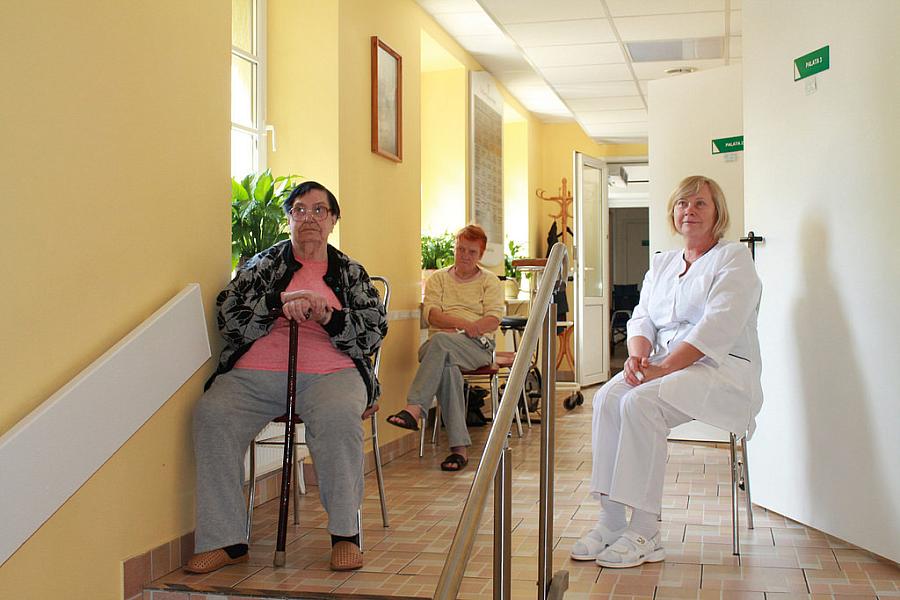Can Orange County be a case study for the future of Alzheimer’s disease?
Alzheimer's is a gender-based public health crisis. While it's not often thought of that way, the reality is shaping up in Orange County sooner than the rest of the country.
Older adults in Orange County die of Alzheimer’s disease at a higher rate than their peers in most of the country — it’s the third leading cause of death in older adults in the county, compared to the sixth nationwide.
And for women in the area, the prospects are even grimmer. According to a 2016 county health report on older adults, women with the disease had a 78.5 percent higher rate of death than men.
Adding to the equation, other demographic changes, like a growing Latino population, have and will impact the rates of Alzheimer's diagnoses and will shape how cities respond to the changing needs of residents.
The Latino population grew from approximately one-quarter to one-third of the county’s population between 2000-2010. Since Latinos are diagnosed with Alzheimer's disease at a rate one-and-a-half times that of white Americans, new diagnoses will also gain speed as this population grows and ages.
Local organizations focused on Alzheimer’s disease say that minority communities, Latinos included, are underserved, meaning that services including memory screenings, early stage services, community education, adult day care options, caregiver support groups, and information on clinical trials aren’t reaching the demographics where Alzheimer’s rates are highest.
According to a USC report on Latinos and Alzheimer’s, Latino families are less likely than white Americans to use formal care services such as nursing home and hospice care, and instead turn to more affordable long-term options, such as adult day centers and unpaid informal care. Researchers say that despite these differences, costs for Latinos with Alzheimer's will grow faster than white Americans.
The costs of the disease are sky-high. As baby boomers retire and age, the number of women with dementia and those serving as informal caregivers is expected to cost the national economy $5.1 trillion (in 2012 dollars) through 2040.
So what’s the story here? An aging and diversifying population is changing the social and health needs of our community. Alzheimer’s is a devastating and costly disease, and Orange County offers a sense of what the future of dementia-related care needs might look like.
I will use the 2019 California Fellowship opportunity to illustrate how Alzheimer’s disease is affecting Orange County residents today, and whether the needs of families are being met — and at what cost.


